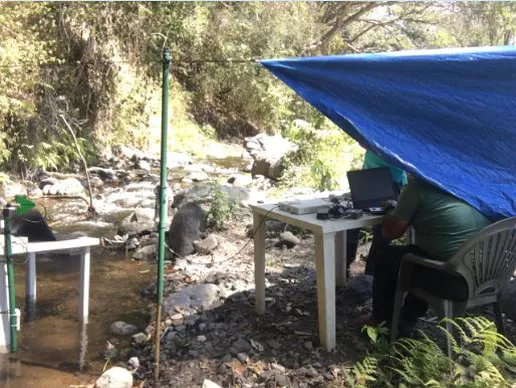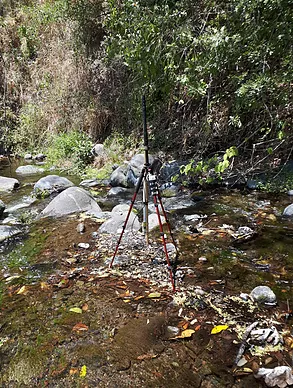
International Workshop on Emergency Water Information Network
20-24 January 2020, Wyndham Garden Convention Center
Colima City, and Las Hadas, Manzanillo, Mexico



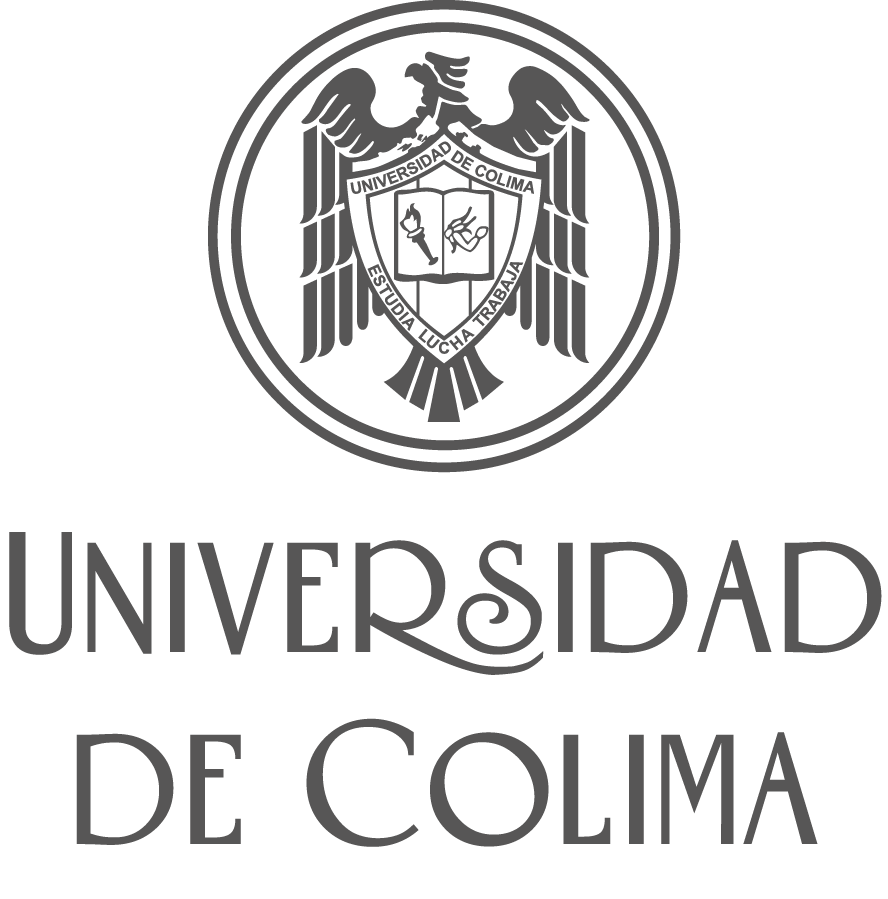


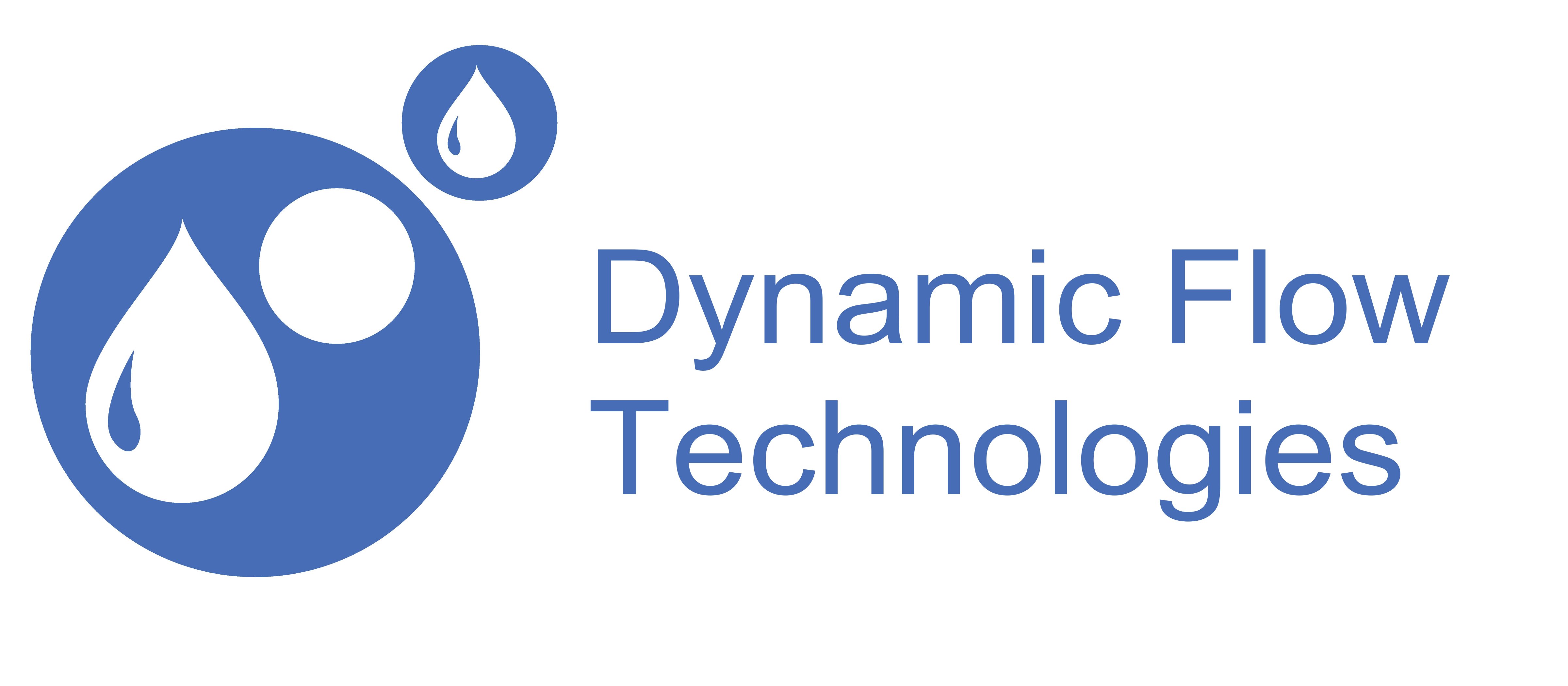

International Workshop on Emergency Water Information Network
20-24 January 2020, Wyndham Garden Convention Center
Colima City, and Las Hadas, Manzanillo, Mexico







Technical Sessions and Tutorials
The workshop is divided in three mayor sessions: 1) Embedded System, 2) Water System, and 3) Radio Frequency Analysis and Propagations Models
1) Embedded System
This technical session and tutorial outlines the hardware and software development of an IoT system called RiverCore, which defines an application scenario in a specific hydrological region of the state of Colima (Mexico), highlighting the characteristics of data acquisition and data processing used. Both fixed position and moving drifter node systems are described along with web-based data acquisition platform developments integrated with IoT techniques to retrieve data through 3G cellular networks. The developed architecture uses the Message Queuing Telemetry Transport (MQTT) protocol, along with encryption and security mechanisms, to send real-time data packages from fixed nodes to a server that stores retrieved data in a non-relational database. From this, data can be accessed and displayed through different customizable queries and graphical representations, allowing future use in flood analysis and prediction systems. All of these features are presented along with graphical evidence of the deployment of the different devices and of several cellular communication and on-site data acquisition tests.
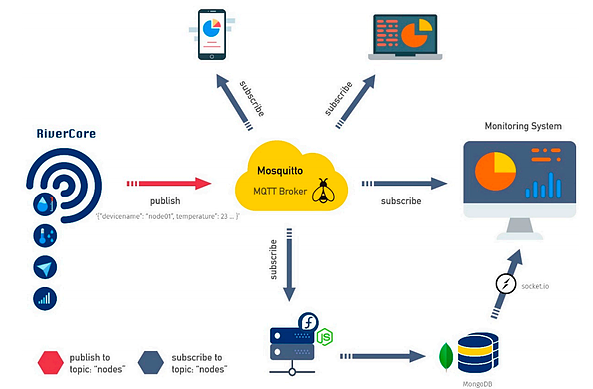
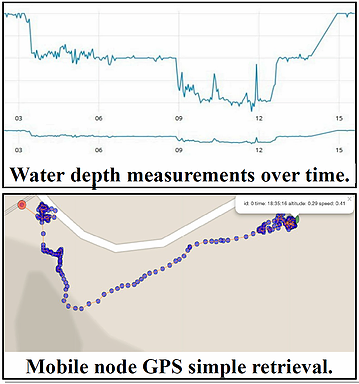
2) Flood Prediction Model
A Flood Alert System is one that predicts possible scenarios in the presence of a hydrometeorological phenomenon, being able to maintain continuous information on its evolution once initiated, assessing with this information the potential risk. The technical session aims to provide greater responsiveness to decision makers in Flood Risk Management. For this, it will be shown how the information of the hydrological monitoring system of the EWIN project platform can be analyzed, which contains information collected in real time. The case study will be the hydrological system of the Colima River, which currently has a monitoring network of hydrometeorological variables. The time series available in the monitoring network of the hydrological system of the Colima River will be the information used to generate the real scenarios. The statistical analysis of the hydrological time series, the spatio-temporal analysis of storms, the generation of possible scenarios based on the use of self-learning techniques and artificial neural networks will be addressed. Examples of the hydrological modeling of the system will also be presented, as well as hydraulic modeling, which will allow observing areas of potential flood risk and identify critical infrastructure. Real cases will be developed trying to present very critical cases that require flood irrigation management, where decision makers will be able to generate capacities to minimize / eliminate risks to human life, property and the environment in general, that is, increase resilience to floods.
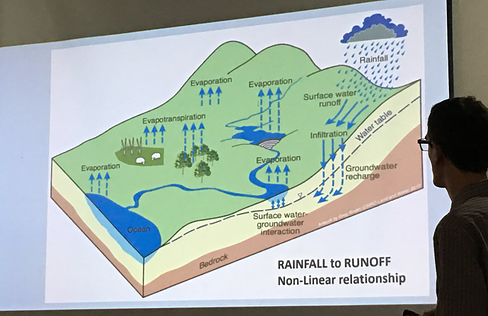
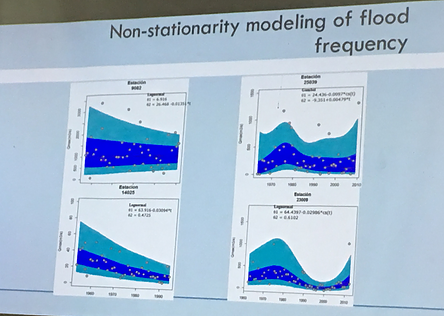
3) Radio Communication
An advanced radio propagation model has been developed that allows scientists to predict how well and over what range radio communications between flood sensing stations will be reliable in the dense Mexican tropical jungles of Colima. In storms in these jungles rivers and streams are the waterways through which flood water may pass so flood detection sensors must be placed there to detect problems at an early stage. Our model uses an enhanced 2-ray propagation technique to produce a complex channel transfer function capable of predicting the degree to which the data from typical sensors will be able to be transmitted through jungle in during very heavy rain.
